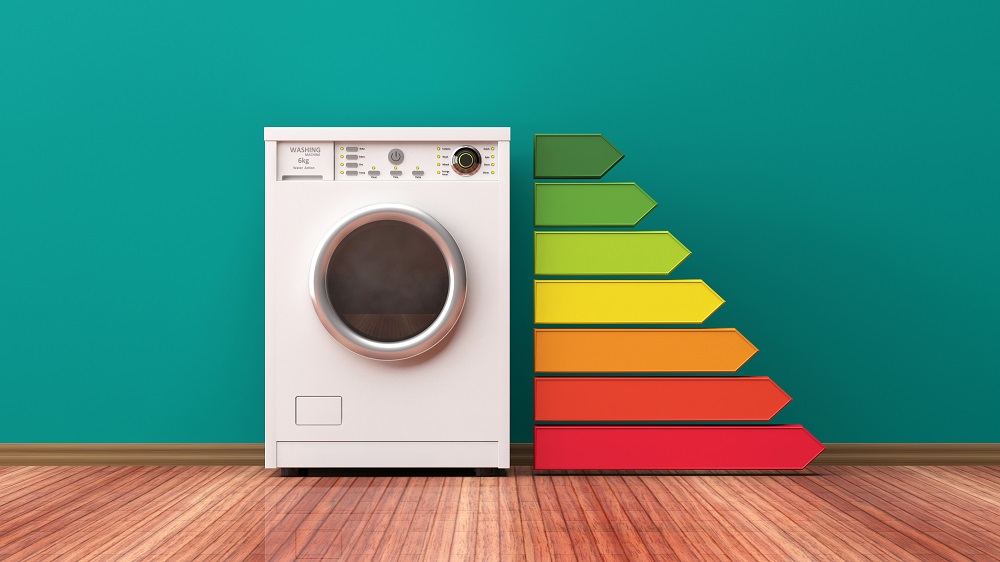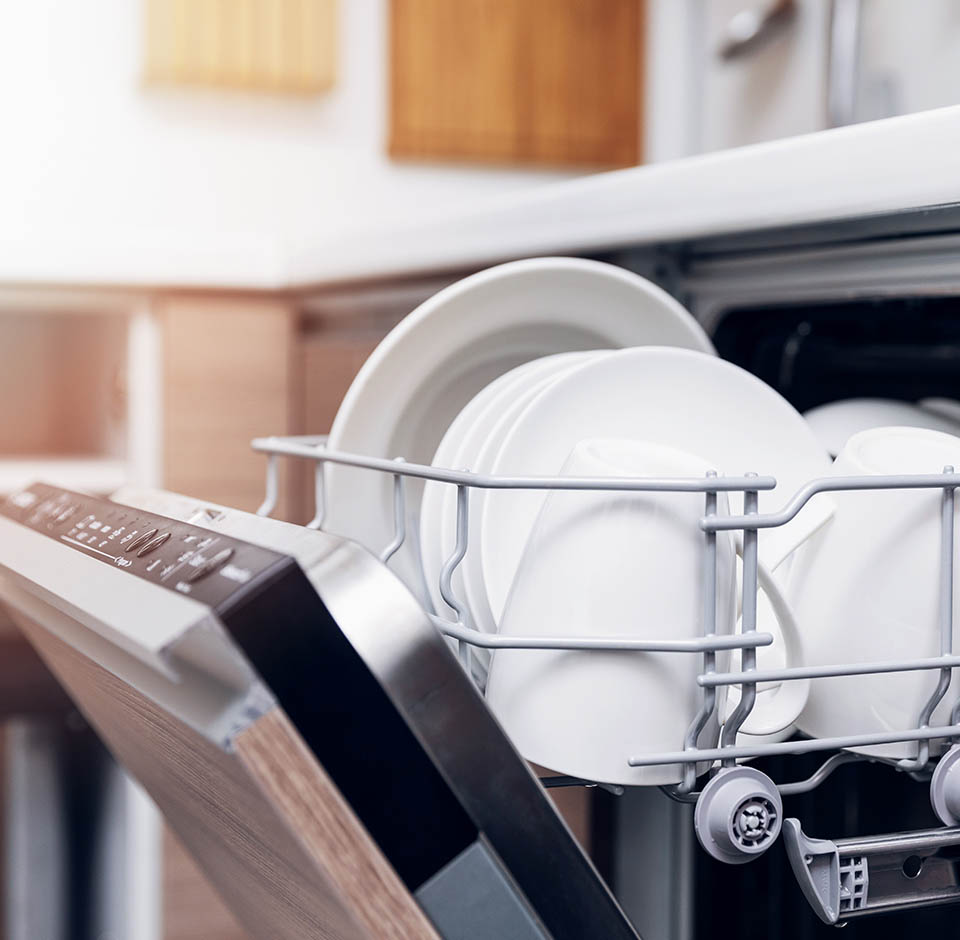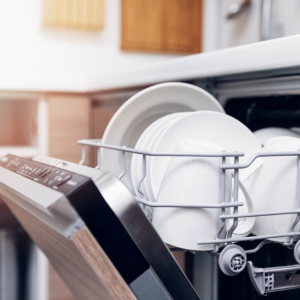New energy ratings explained
We are all looking to reduce our energy usage when we buy new electrical products to save on bills and help the planet so how will the new energy ratings system work?
The new energy labels will help by giving more information, which is also more accurate, so we can make better choices when we buy that shiny new product in store or online. The government has followed the EU regulation changes here to help people continue to reduce their energy use and carbon emissions.
The rescaled labels have just come into force, although the manufacturers and sellers have been tasked with replacing the old energy labels since last November.
The new labels will initially apply to these groups of products:
- Washing machines
- Washer-dryers
- Dishwashers
- Refrigerators and freezers
- TVs and electronic displays
- Wine storage refrigerators
There will be a new energy label for lighting products from September 2021.

The EU and UK government made the move in response to concerns that the old energy label system, which has been running for 25 years had become less useful to consumers, although it has made great strides in encouraging manufacturers to develop more energy-efficient products.
In the decades since the introduction of the labelling system, more and more products scored well enough to achieve the highest ratings, with most getting A+, A++ or A+++ status. The rescaled system returns to a simpler A to G scale, which is more strict. This means that even the most energy efficient products currently being sold will usually be labelled as “B”, “C” or “D”.
The regulators hope that the space being left at the “A” level will be filled soon enough with new electrical products that are even more energy-efficient.
There’s also a change to the label design, with clearer and more modern icons and it shows more than just the energy efficiency class.
Energy label QR code
There are other new bits of information. For instance, you will find a QR code on the top right of the new labels, and by scanning it you find out more about the product model, including the dimensions, specific features or test results. Simply hover your smartphone camera over it to go to the info on the manufacturer’s website.
There’s more detail on energy consumption for each product group, which is an improvement on the old labelling that often displayed an estimated energy usage. You’ll see either kWh per year, kWh per 1,000 hours or kWh per 100 cycles.
Labels on washing machines and washer-dryers will include capacity, duration and water usage of an eco 40-60°C program, and will show energy consumption listed per 100 washes together with an A-G rating of the spin cycle and noise level of the final spin. And there are two ratings for washer-dryers to give info on both washing and drying.

New icons for noise levels
Your fridge/freezer label will show the capacity in litres of chilled and frozen compartments as well as new icons for noise levels.
Dishwashers now will have info on the number of place settings, water use per wash, duration of wash and a new icon for noise levels, measured in dB and on an A to D scale. Energy usage on eco setting is now shown for 100 cycles, as well as water consumption for that setting.
When choosing a new TV or electronic display the label will show energy rating and usage per 1,000 hours for both HDR (high dynamic range) and SDR (standard dynamic range) as well as screen size, height and width in pixels. Power in watts is no longer shown.
A bit more niche, but the wine storage refrigerators labelling has had a makeover too, with the new energy efficiency rating, along with new icons for wine bottles and details of noise emissions.
You can look forward to new labelling on air conditioners, tumble dryers, vacuum cleaners and water heaters, with this being planned for next year.
